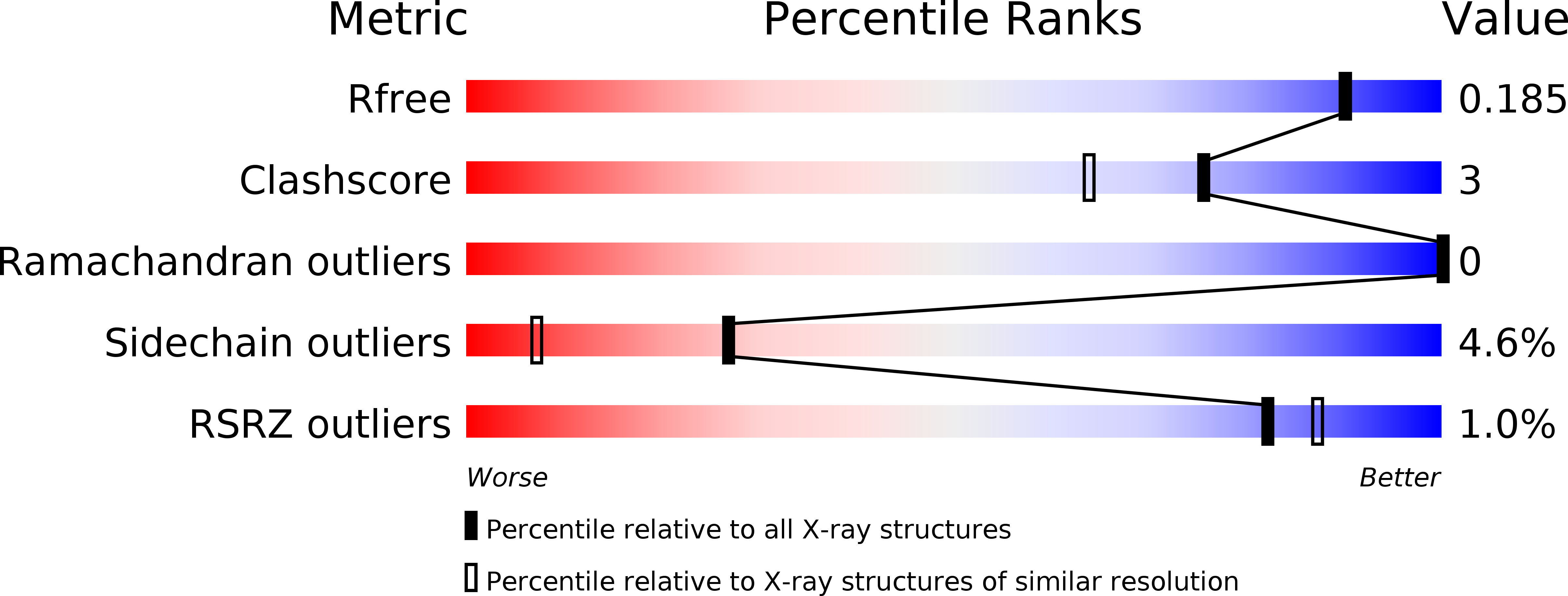
Deposition Date
2013-10-21
Release Date
2013-12-25
Last Version Date
2023-11-08
Entry Detail
Biological Source:
Source Organism:
Rhodothermus marinus (Taxon ID: 29549)
Host Organism:
Method Details:
Experimental Method:
Resolution:
1.74 Å
R-Value Free:
0.18
R-Value Work:
0.15
R-Value Observed:
0.15
Space Group:
P 21 21 21


